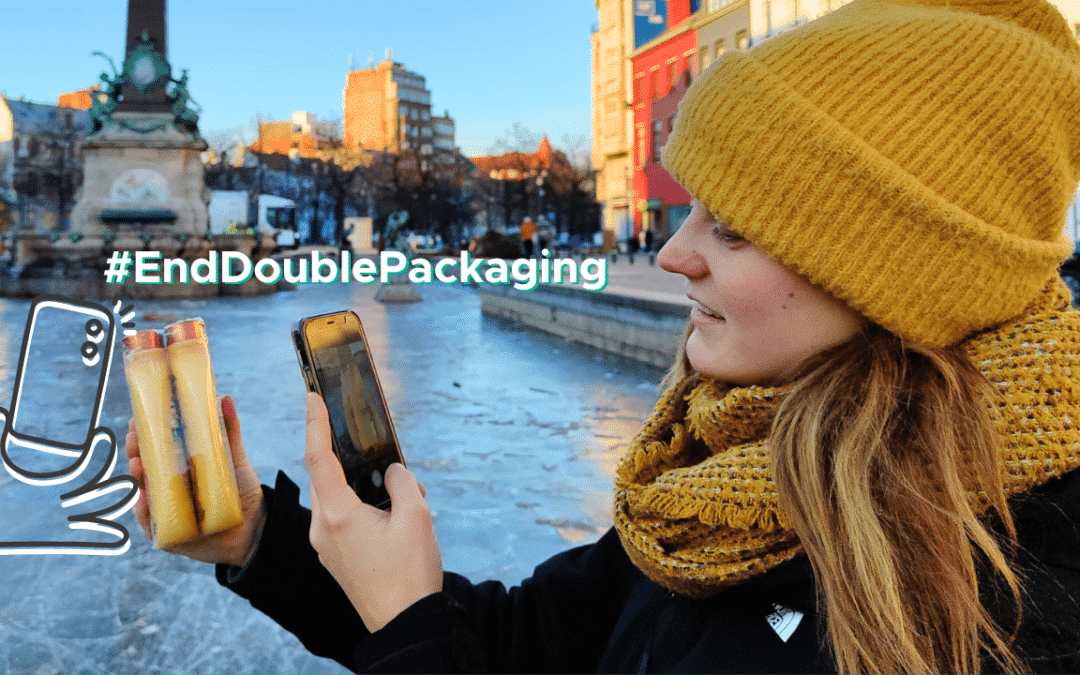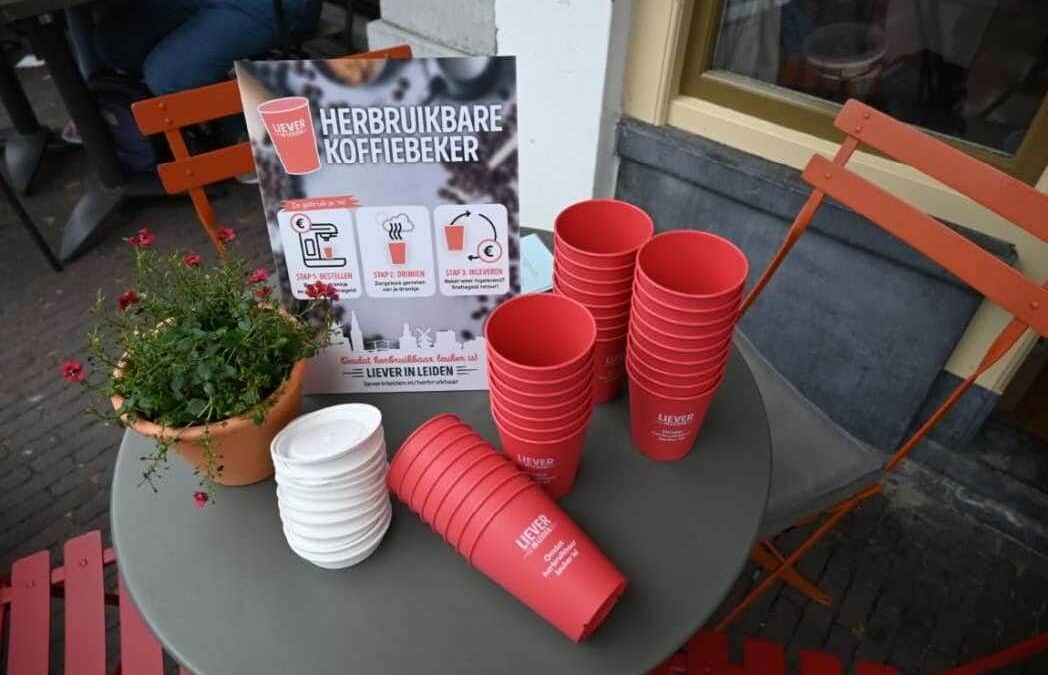They offer the framework to the European Commission and Parliament for consideration to be included in the Packaging and Packaging Waste Directive and the Waste Framework Directive. Both directives are being revised now.
The European Commission emphasized in her new Circular Economy Action Plan that “half of total greenhouse gas emissions and more than 90% of biodiversity loss and water stress come from resource extraction and processing”. There is thus a clear environmental need for reducing resource use.
The Commission published the new Circular Economy Action Plan in March 2020. Since, the covid-pandemic and the war in Ukraine emphasize the relevance of reducing Europe’s resource use.
Download “Towards Circular Targets” (full report, PDF format)
Circular targets need to directly steer on resource use
The new Circular Economy Action Plan frames the objective of circular economy policy as reducing resource use. However, the European Commission wants to achieve this by reducing waste production. No rationale is provided though as to how reducing waste production would indirectly entail a reduction in resource use.
It is often assumed that recycling, as a waste reducing measure, yields recycled or secondary materials that replace primary or virgin materials produced from resources. However, Eurostat-data show that the use of resources kept slightly increasing over the last decades, whilst recycling considerably grew at the same time.
Indeed, there remains a need for primary materials to be produced from resources if recycled materials cannot replace the primary material they originate from on a one-to-one basis. This applies to many materials in the current situation. Similarly, primary materials produced from resources are still needed when production and consumption grow faster than waste is reduced through recycling.
Reducing resource use thus needs targets directly steering on resource reduction, rather than indirectly via targets for waste reduction that are supposed to achieve this but in practice nevertheless may not lead to resource reduction.
Framework consisting of criteria and calculation rules to set circular targets
The Dutch scientists developed a framework for setting circular targets for product groups that indeed directly steer on resource reduction. The framework consists of twelve criteria with which the circular targets should comply, and calculation rules for setting circular targets per product group. That yields separate circular targets for prevention (using less products), reuse, more recycling (recycling target) and better recycling (recycled content target) per product group.
The targets for reuse, more recycling (recycling targets) and better recycling (recycled content targets) take the form of a minimum required percentage in the quantity of new products placed on the market in a target year. The formats for the circular targets for reuse and recycled content are thus similar to the already existing recycling targets that will continue to serve as such. All are expressed as a minimum required percentage of the quantity of new products placed on the market in a target year.
Prevention takes the form of a maximum allowed quantity in tonnes of new products placed on the market. The quantity of new products placed on the market in a target year thus plays a central role in all circular targets (in line with the already existing recycling targets). Note that new products placed on the market, like new disposable and new reusable packaging, exclude reusable packaging already used before. Setting a maximum for the quantity in tonnes of new products placed on the market, the prevention target, stimulates using fewer products in numbers. This can be achieved for example by stopping overpackaging or sharing cars as well as to make products less heavy. In addition, it stimulates replacing disposable by reusable products to above the minimum percentage required by the reuse targets, as well as to increase the number of returns for reusables.
Solid framework strengthening Europe’s policy base
The calculation rules comply with almost all, and the circular targets based on them comply with all criteria. Thereby, the proposed framework, consisting of twelve criteria and calculation rules, provides a solid base for setting separate circular targets to strengthen Europe’s circular economy policy.
We hope the proposed framework will stimulate the European Commission to indeed include circular targets for prevention (using less products), reuse, and more and better recycling in its revised Packaging and Packaging Waste Directive (PPWD) and Waste Framework Directive (WFD). With this, the European Commission would give a clear response to the demands of Austria, Denmark, Luxembourg, Netherlands and Sweden in their Joint Letter to the European Commission in January.
A new resource & waste hierarchy
Europe’s waste policy sees reuse and recycling as two main strategies to achieve waste reduction, and uses waste reduction and prevention as synonyms (EC, 2018). However, the waste hierarchy does also place prevention as a strategy for waste reduction above reuse and recycling (EC, 2008). That obviously is illogical. It is also impractical. If prevention means waste reduction, it cannot mean resource reduction at the same time.
The six scientists propose that waste policy and circular economy policy consistently and solely use prevention in the meaning of using less products, and consistently and solely speak about resource reduction and waste reduction.
They hope the European Commission will reconsider some of its terminology, like to consistently use prevention in the meaning of using less products, and to put the focus on reuse as such instead of on preparing for reuse (the latter leaving unclear how much is actually reused). In that way the waste hierarchy stops to be a waste hierarchy but becomes a waste & resource hierarchy. That is, a hierarchy relevant for both waste reduction (waste policy) and resource reduction (circular economy policy).
Group of scientists
The group of scientists consist of José Potting of the Dutch environmental NGO Recycling Netwerk Benelux, Ernst Worrell of Utrecht University, Arnold Tukker van Leiden University, Antoine Heideveld van Het Groene Brein (The Green Minds), Marko Hekkert van Utrecht University en Jacqueline Cramer van Utrecht University and former minister of the Environment for the Netherlands.
The framework for setting circular targets has been developed under the auspices of Het Groene Brein (The Green Minds). Het Groene Brein represents a network of 170 leading Dutch academics that joined their brain power in support of, amongst others, the circular economy. Het Groene Brein serves as the interface between science and practice in the context of circular economy and other sustainable transitions.
Full report
Download “Towards Circular Targets” (full report, PDF format)


